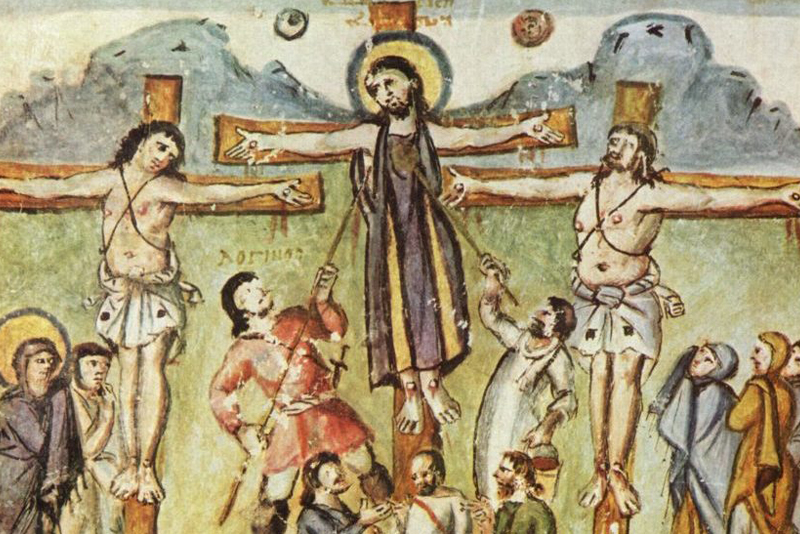Good Friday is a pivotal day in the Christian calendar, commemorating the crucifixion of Jesus Christ and his sacrificial death for the sins of humanity. As one of the most solemn observances in Christianity, it holds profound significance and is marked by various traditions and practices across denominations. Here’s an exploration of its importance and how it is observed around the world.

The Significance of Good Friday
1. Commemoration of the Crucifixion
Good Friday specifically commemorates the crucifixion of Jesus Christ, which is central to Christian beliefs. According to the New Testament, Jesus was crucified by the Roman authorities under the governance of Pontius Pilate. Christians believe that Jesus’s death was a sacrifice to atone for the sins of humanity, and it is through this act that believers are offered salvation and reconciliation with God.
2. A Day of Mourning and Reflection
The day is characterized by its somber tone, reflecting on the suffering and death of Jesus. It is a time for Christians to meditate on the significance of Jesus’s sacrifice and its impact on their faith and lives. The observance of Good Friday is intended to honor the depth of Christ’s suffering and to prepare the faithful for the joy of Easter Sunday, celebrating the resurrection.
Observance of Good Friday
1. Church Services
Good Friday services are often marked by a somber and reflective atmosphere. Many churches hold special services that include readings from the Passion narratives of the Gospels, hymns that reflect on Christ’s suffering, and a meditation on the meaning of the crucifixion. Services may also include the veneration of the cross, where congregants come forward to touch or kiss a representation of the cross.

2. Fasting and Abstinence
In many Christian traditions, Good Friday is observed with fasting and abstinence. For example, Roman Catholics, Orthodox Christians, and some Protestant denominations encourage or require fasting from certain foods or meals, as a way of participating in Christ’s suffering and practicing penance.
3. Stations of the Cross
A common practice on Good Friday is the Stations of the Cross, a devotional exercise that involves walking through a series of 14 stations, each representing a significant event on the path to Jesus’s crucifixion. This practice helps the faithful reflect on the events leading up to the crucifixion and connect more deeply with the suffering of Christ.
4. Silence and Reflection
Many Christians choose to spend Good Friday in quiet reflection and prayer. The solemn nature of the day often involves a deliberate avoidance of celebrations and a focus on the gravity of Christ’s sacrifice. Some congregations also hold silent vigils or participate in acts of charity as a form of penance and reflection.
Global Observance
Good Friday is observed worldwide, though practices can vary widely among different cultures and denominations:
Western Christianity: In countries with a strong Western Christian tradition, such as the United States and many European nations, Good Friday is often a public holiday with various religious and cultural observances.
Eastern Christianity: For Eastern Orthodox Christians, Good Friday is part of the Holy Week celebrations, which include elaborate services and processions that reflect the depth of the Passion of Christ.
Global Practices: Across the globe, the observance of Good Friday may include unique local customs, such as processions, reenactments of the Passion, and regional variations of fasting and prayer.
Conclusion
Good Friday is a day of profound significance in Christian tradition, marking the crucifixion of Jesus Christ and reflecting on his sacrifice. The observance is characterized by solemnity, reflection, and various religious practices that honor the suffering of Christ. As Christians around the world commemorate this day, they do so with a deep sense of reverence and anticipation for the joy of Easter Sunday, celebrating the resurrection and the promise of new life.





